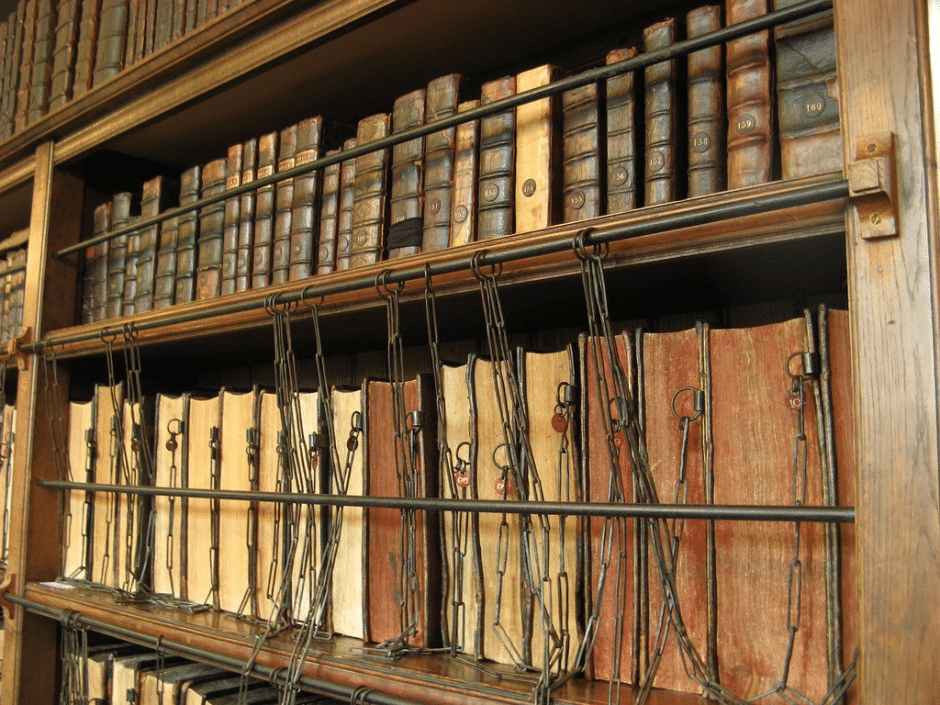Ashurbanipal

Contents
- Introduction
- Library of Ashurbanipal
- Military Campaigns of Ashurbanipal
- Personality and Characteristics of Ashurbanipal
- Source

Introduction
Ashurbanipal, also known as Asurbanipal or Assur-bani-pal, was an Assyrian king who reigned from 668 to 627 BC. He is often credited with the construction of the Library of Nineveh and its vast collection of ancient cuneiform texts. Ashurbanipal is also well remembered for his military campaigns against Babylon and other neighbouring cities, which helped to strengthen the Assyrian Empire.
In addition to these accomplishments, Ashurbanipal is considered one of the most accomplished rulers in ancient Mesopotamian history. He successfully campaigned against Elam and other neighbouring states, leading to a period of peace and prosperity within Assyria. His reign saw numerous advances in culture and science such as astronomy and mathematics; he even established a medical centre that treated patients from all over Mesopotamia.
Library of Ashurbanipal
At the height of Assyrian civilization, King Ashurbanipal (668-627 BC) reigned as the most powerful ruler of his time. Along with military conquest and administrative prowess, he was also renowned for his expansive library located at Nineveh, the capital city of the ancient empire.
The Library of Ashurbanipal was a grand collection of thousands of clay tablets, which were inscribed in cuneiform script. These tablets contained an extensive range of information on topics such as astronomy, magic, medicine and literature; providing invaluable insight into Babylonian culture and society. Many ancient works which would have otherwise been lost to history are preserved due to this remarkable library; one example being the Epic of Gilgamesh – a heroic poem written around 2000 BCE.
It is unclear when this library was established however according to some scholars it was established during the end of his reign in 647 BCE. This library stood for thirty years only. It was destroyed during the sack of Nineveh. The sack of Nineveh occurred in 612 BCE by the coalition of Medes, Babylonians and Persians. And the Neo-Assyrian Empire fell. The enemies of the Assyrian Empire tried to wipe out their memory from the pages of history but the clay tablets of this library were buried under the mud. These tablets were discovered by archaeologist Sir Austen Henry and Hormuzd Rassam.
Military Campaigns of Ashurbanipal
The Assyrian king Ashurbanipal (668-627 BCE) is renowned for his impressive military campaigns during his reign. He was the last great king of the Neo-Assyrian Empire and a skilled commander on the battlefield.
Most notably, he was victorious in a long series of wars against Elam, an ancient kingdom in what is now southwestern Iran. His campaigns extended the empire to the furthest extent it had ever reached, covering much of modern-day Iraq, Syria, Turkey, and parts of Egypt. He also led forces against Arabia and Babylon as well as regions known today as Armenia and Azerbaijan.
Ashurbanipal treated his younger brother named Shamash-Shum-ukin well. But his brother Secretly planned to overthrow him with the help of Elam. When Ashurbanipal heard of Elamite’s Mobilise army, he attacked and defeated their army and cut off their king’s head. But he was unaware of his brother’s plot. In 652 CE, his brother declared rebellion and took Babylonia and other Assyrian territories. Ashurbanipal besieged Babylonia for four years and when the city fell he slaughtered the inhabitants. Shamash Shum set himself on fire.
In 648-647 BCE, the Elamites were divided and engaged in civil war. Ashurbanipal took advantage and attacked them, burnt their cities and slaughtered their inhabitants (according to his own inscriptions).
Personality and Characteristics of Ashurbanipal
Ashurbanipal had a strong religious conviction. He restored or decorated the majority of Assyria’s and Babylonia’s important temples, paying particular attention to the “House of Succession” and the Nineveh Ishtar Temple. The king took a personal and informed interest in the omen reports, which served as a major influence on many of his decisions. Ashurbanipal observed the New Year Celebration, and one of his reliefs may have depicted the occasion by showing him dining in a garden with his queen Ashur-share. In Haran and Ashur, his younger brothers served as priests.
Intellectual Pursuits
The exceptional contribution made by Ashurbanipal was made possible through his intellectual pursuits. He established the first orderly compiled and catalogued library in the ancient Middle East in Nineveh (of which approximately 20,720 Assyrian tablets and fragments have been preserved in the British Museum). Scribes sought out and copied works in every genre from temple libraries at the king’s request. They were added to the original group of tablets that were taken from Ashur, Calah, and Nineveh. The main category consists of texts that interpret events, human behaviour, animal and plant characteristics, as well as the movements of the Sun, Moon, planets, and stars.
Sumerian, Akkadian, and other words that are important to the scribal educational system are listed in lexicographic writings in dictionary form. Moreover, Ashurbanipal amassed a sizable collection of rituals, prayers, tales, proverbs, and other “canonical” and “extracanonical” works. The traditional Mesopotamian epics, including those of Creation, Gilgamesh, Irra, Etana, and Anzu, have largely endured thanks to his library’s preservation of them. The fact that this library, of which only a portion of the clay tablets have survived, contains manuals, scientific texts, and some folktales (The Poor Man of Nippur was a forerunner of one of the Thousand and One Night tales of Baghdad), demonstrates that it was more than just a reference library designed to serve the requirements of diviners and other people in charge of the King’s spiritual security;
It included all of Ashurbanipal’s particular literary preferences, and many of the works have colophons bearing the king’s ownership stamp.
Support for the Arts
The King was a supporter of the arts, and he added statues portraying the major ceremonial and historical events that took place throughout his lengthy rule to the newly built and rebuilt palaces in Nineveh. The style is noticeably different from that of his forebears, and many bas-reliefs possess an epic aspect unmatched in antiquity, which may be due to the influence of this vivacious and dynamic personality.
Source
History of Ashurbanipal: Translated from the Cuneiform Inscriptions by George Smith 2009.


